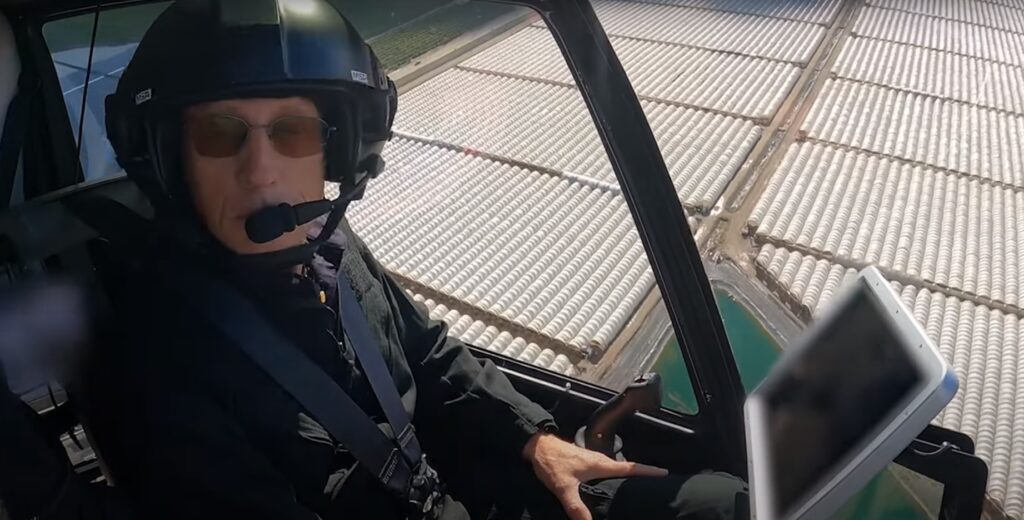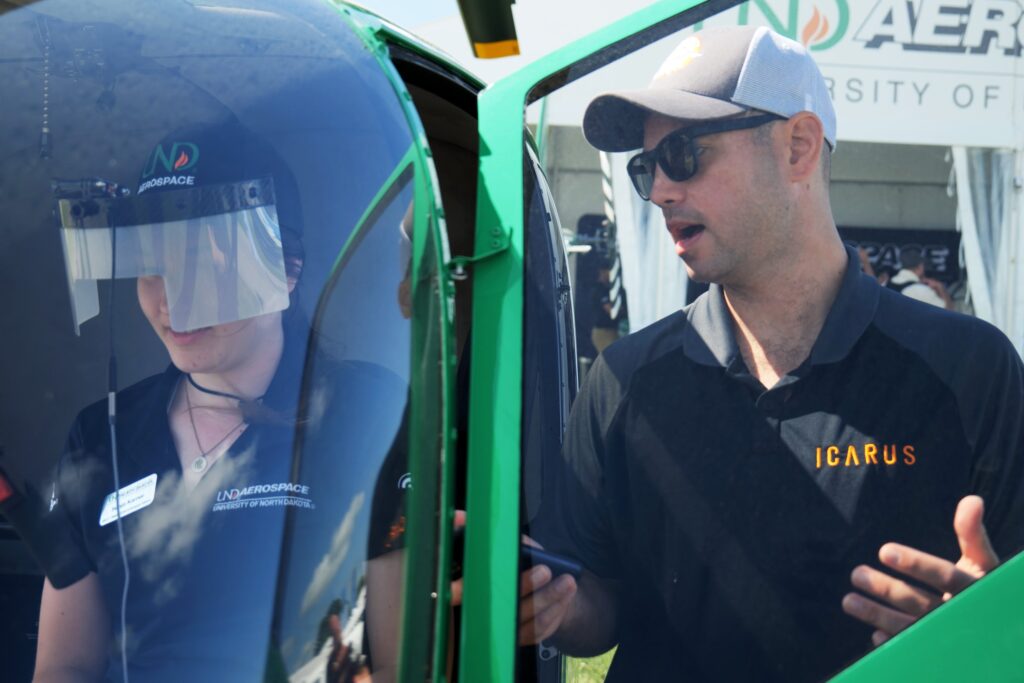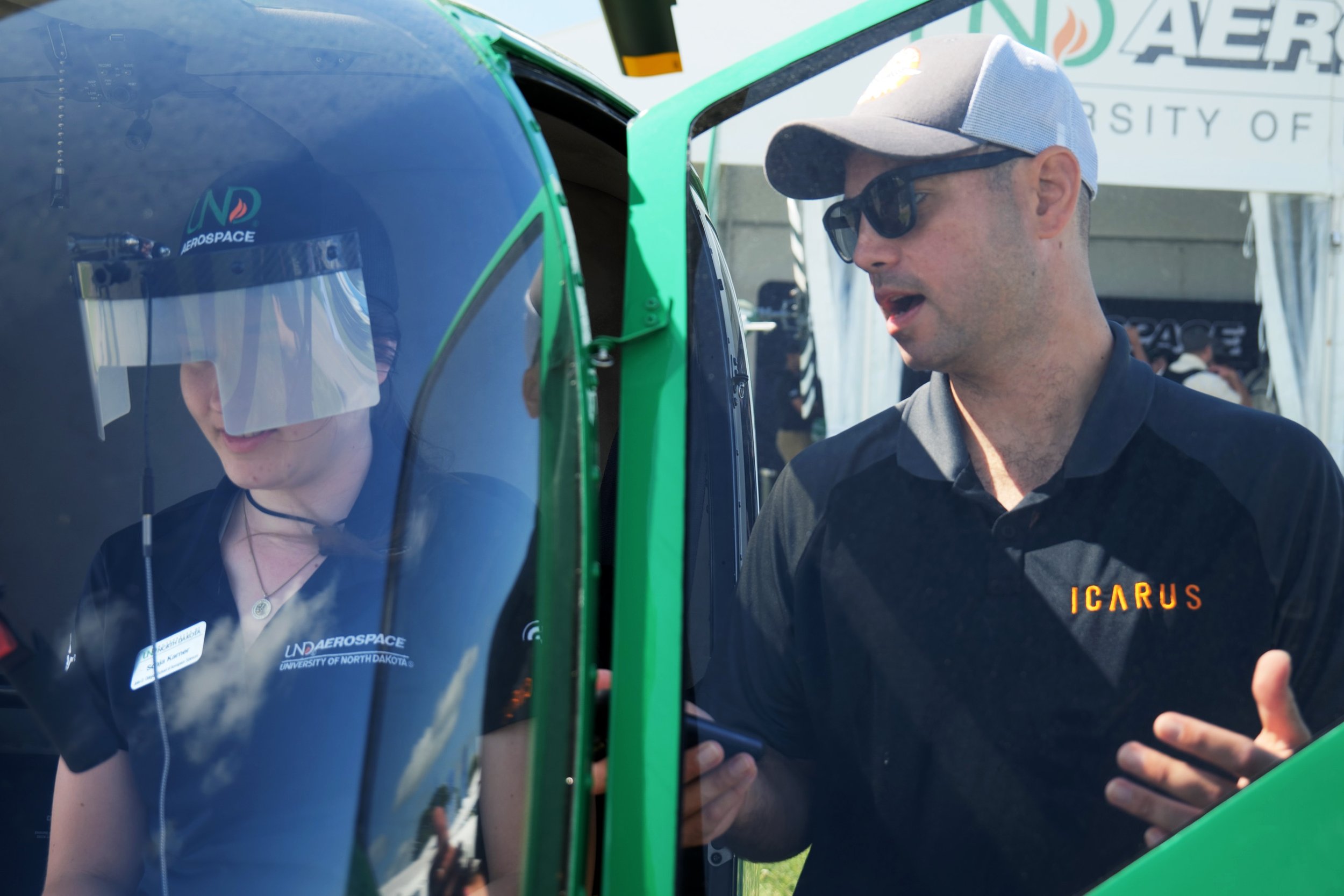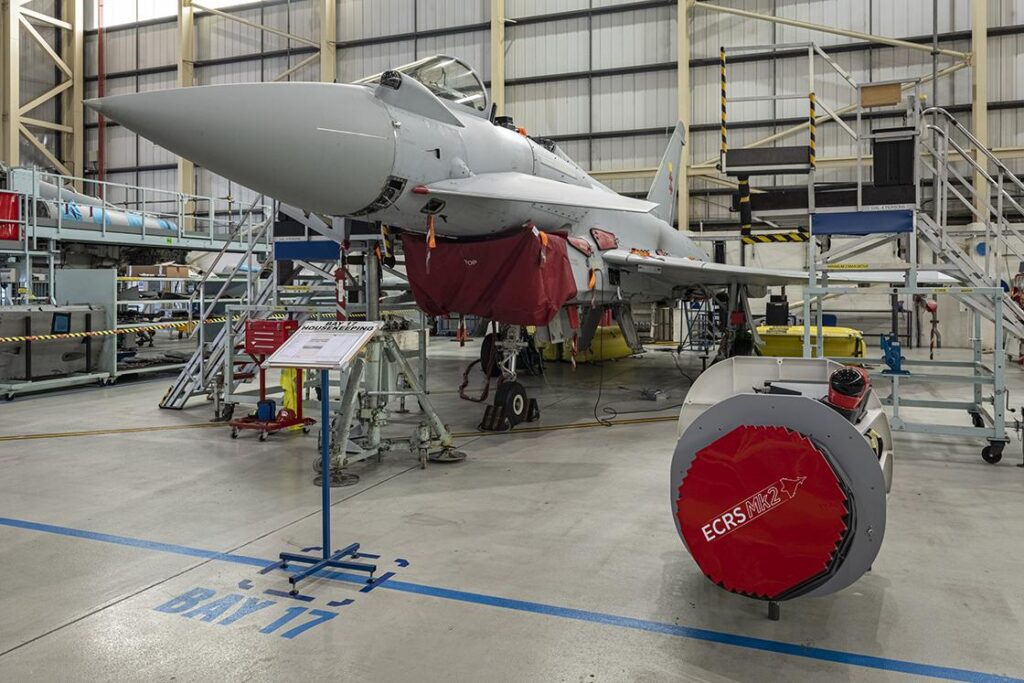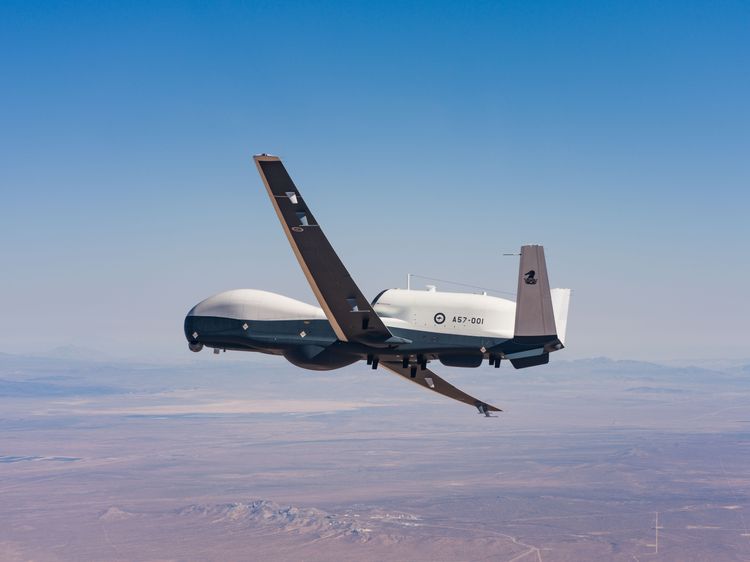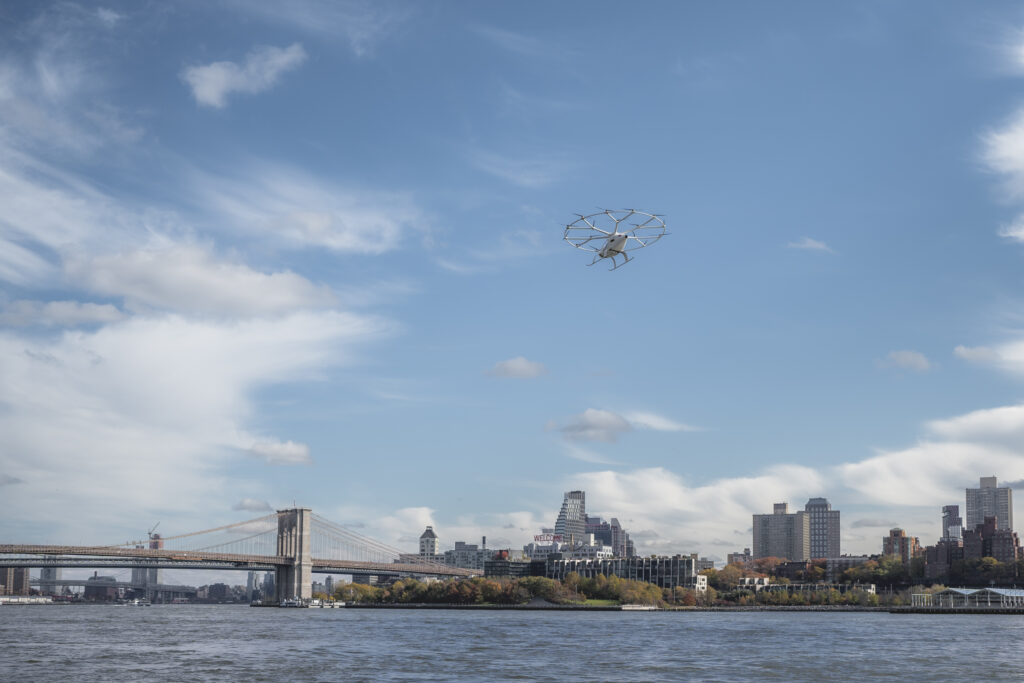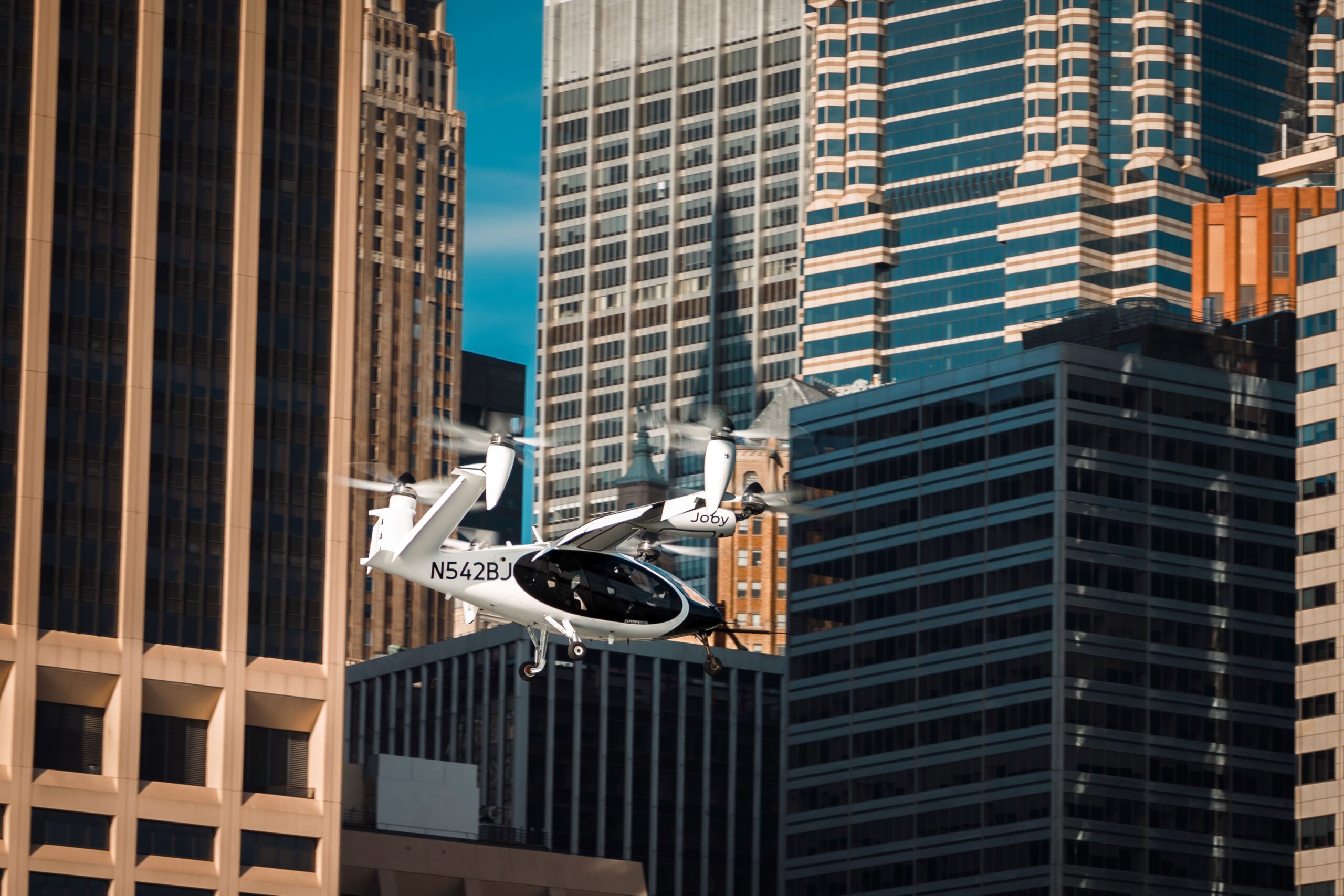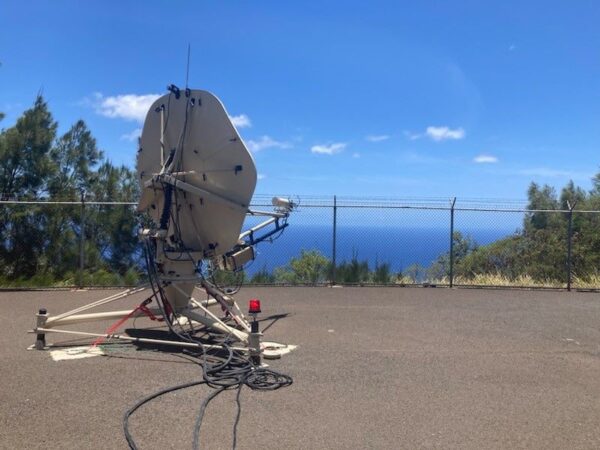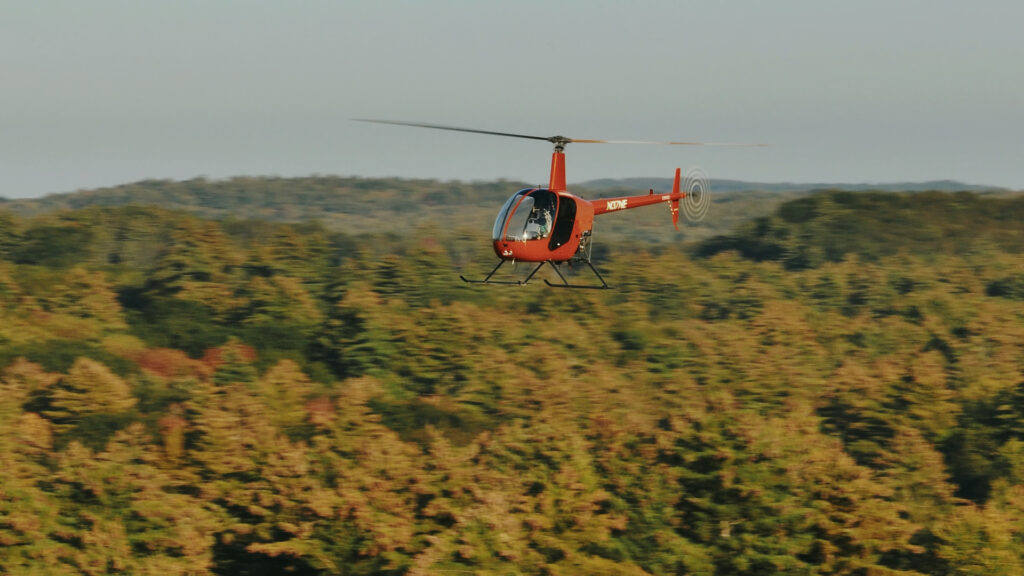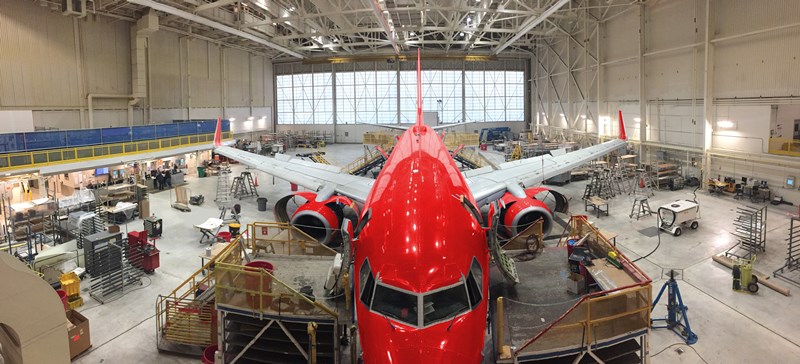Eve Air Mobility and NATS team to develop urban air mobility air traffic management systems
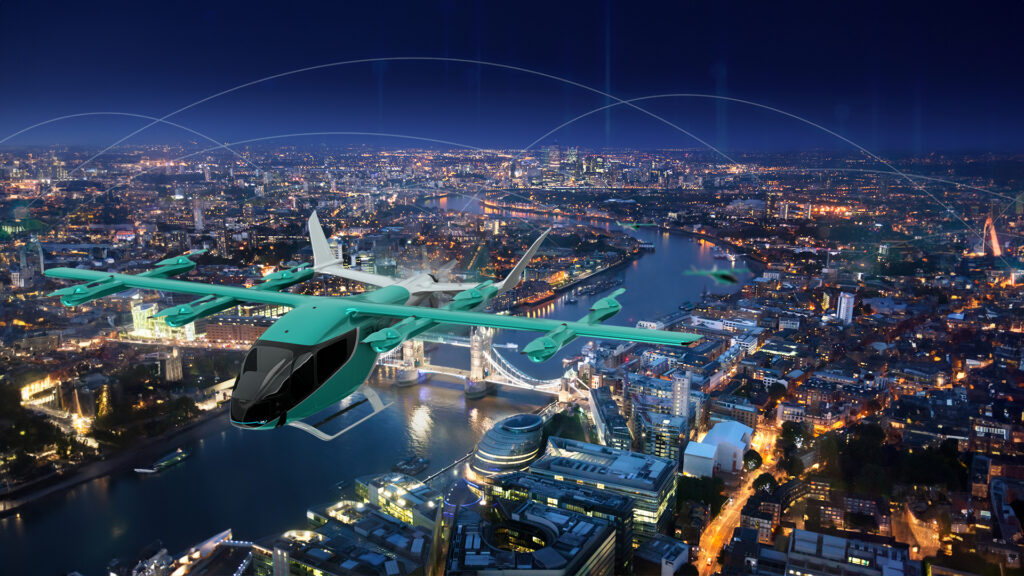
Eve Air Mobility and NATS Services, the commercial arm of the U.K.’s leading air traffic control services provider, announced at the Dubai Airshow they would partner to develop future traffic management services for urban air mobility (UAM) operators worldwide.
The companies signed a memorandum of understanding to reinforce the partnership designed to advance technologies for a faster, more efficient and sustainable urban air transportation system.
“Our first association with NATS began in early 2021 as part of the U.K. UAM Consortium with the U.K. Civil Aviation Authority Regulatory Sandbox, developing a concept of operations for the London environment, including air traffic management arrangements and proposing new regulatory solutions,” said Johann Bordais, CEO of Eve. “Our work with NATS throughout the years both fortifies our newly established relationship and supports our forthcoming projects and future endeavors designed to transform the urban air mobility sector globally.”
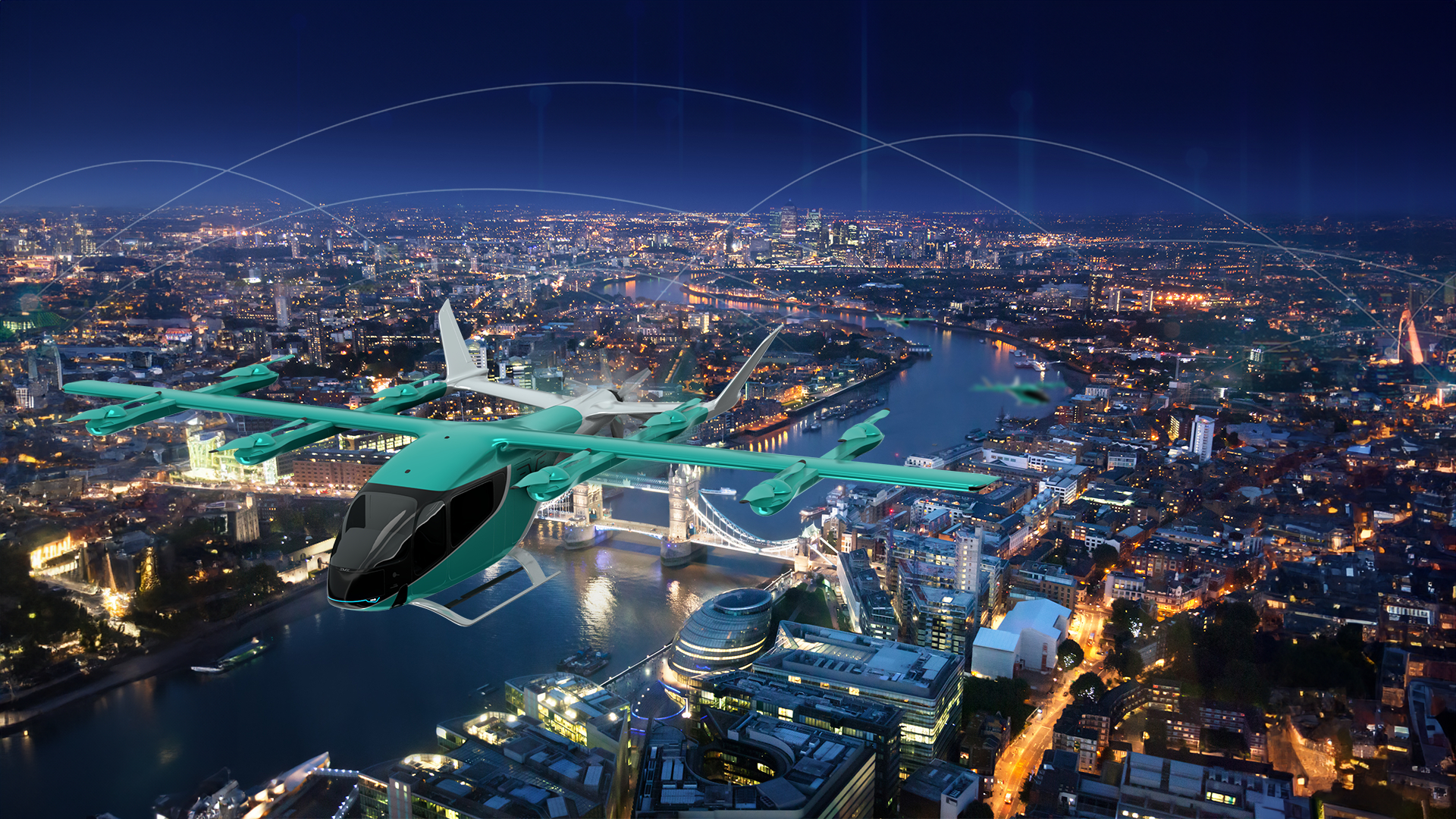
The Eve-led U.K. concept of operations was developed in partnership with the U.K. Civil Aviation Authority (CAA) and global companies, including NATS as well as six other members, using data to focus on the technologies needed for near-term UAM deployment in London. The CAA published the Phase 1 results of the Future Air Mobility Regulatory Sandbox project in October 2021, highlighting eVTOL strengths and the challenges that will inform future developments in the UAM industry.
Eve and NATS have also been part of the Future Flight Challenge through the Advanced Mobility Ecosystem Consortium (AMEC) with leading British aviation companies since July 2022. Developed by U.K. research and innovation and delivered by Innovate U.K., the program is funded by the U.K. government and aims to accelerate the progress of new technologies and advanced aviation technologies while attempting to demonstrate the societal benefits of advanced aviation, the companies said
“We already work closely with Eve as part of the U.K. Future Flight Phase 3 AMEC project, working to prepare U.K. airspace for future UAM operations,” said NATS Services Managing Director Guy Adams. “Going forward, we intend to grow our collaborative efforts to explore future traffic management products and solutions worldwide and enable the introduction and scaling of UAM across many countries in a consistent, high-performance and safe approach.”
Eve’s Urban air traffic management software is an agnostic solution that will enable the integration of all airspace users in the urban environment, the company said, which is “critical to supporting the safety, efficiency, and improvement of the entire UAM ecosystem, including fleet and vertiport operators.”
—————
Boost Internet Speed–
Free Business Hosting–
Free Email Account–
Dropcatch–
Free Secure Email–
Secure Email–
Cheap VOIP Calls–
Free Hosting–
Boost Inflight Wifi–
Premium Domains–
Free Domains






